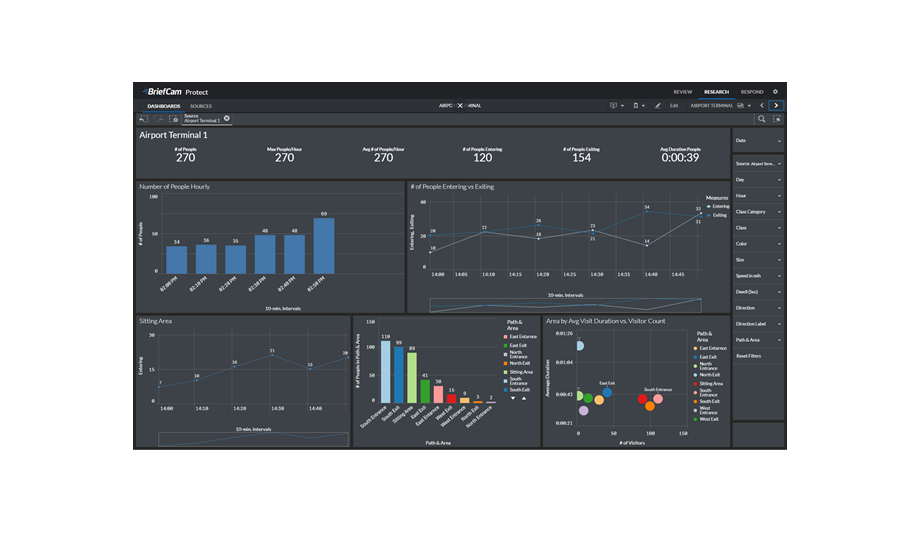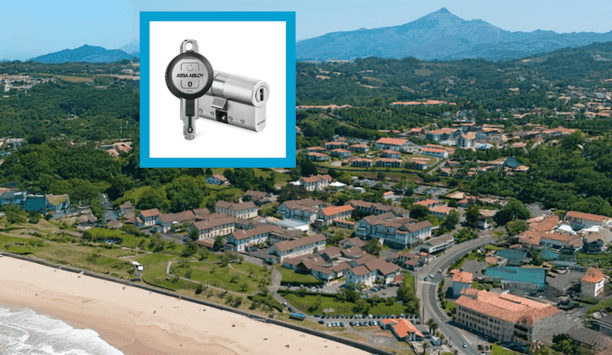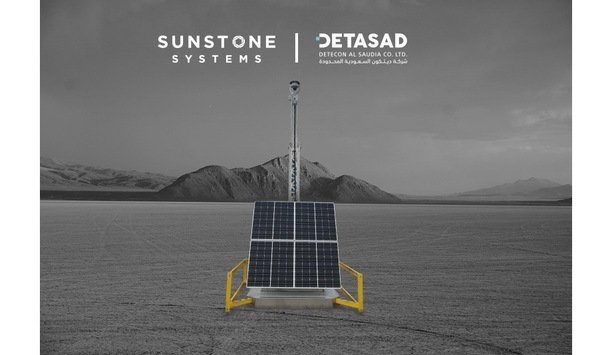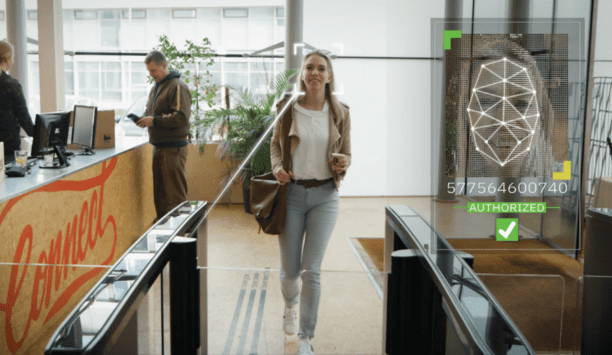As it is a new year and decade, it is prime time to assess the state of the video content analytics industry and ponder how it might evolve in the coming 12-18 months. The video surveillance market has been booming for many years, but the introduction of complementary video intelligence technology has enabled users to derive more value from their video surveillance investments, transforming video into actionable intelligence based on deep learning techniques and artificial intelligence. This is why a variety of industries, including retail, financial services, and shipping, are enthusiastically embracing video content analytics.
Video content analysis
Artificial intelligence (AI) and deep learning continue to be the key enabling technologies behind video content analysis, effectively transforming live or recorded video into structured metadata that can deliver actionable and quantifiable insights. Ongoing algorithm research and development continues to make the extraction and analysis of data increasingly efficient and accurate and the innovation in this area will progress as the world moves into 2020 and beyond.
Algorithm research and development continues to make the extraction and analysis of data increasingly efficient and accurate
Because real-time video processing continues to provide significant benefit to end users – based on advances in the sophistication of real-time alerting – a top priority for organizations already leveraging video analytics is expanding the camera coverage for real-time video processing. By expanding the scope of real-time video processing, users can trigger alerts for broader environments and also increase data aggregation and visualization into dashboards in real time to drive business insights based on continuous processing with integrated video data sources.
Real-time information
The market demand for real-time information and immediacy will only grow, especially as users become more reliant on video intelligence dashboards for deriving current business intelligence, and – in parallel – the technology to support this will continue to improve. Facial recognition, which matches faces by correlating biometric features against a compiled watchlist or database of digital images, either extracted from video frames or uploaded to the system.
With so many significant applications – from pinpointing missing persons or criminal suspects, to identifying VIP customers in a loyalty program – this technology is posed for increased adoption, as access to ideal video and conditions to support face matching become more mainstream: As higher resolution video and more efficient processing technologies evolve, face recognition solutions are becoming more effective and accurate. While the progress in this field has been significant, face recognition remains controversial and will continue to do so until regulations around its use become more definitive.
Accurate video analytics
The increasing availability of high-resolution video (4k, 8k) is enabling more sophisticated and accurate video analytics. Higher resolution video makes it possible to more accurately analyze and identify objects in crowds, for triggering real-time rule-based alerts when certain conditions are met, searching and filtering video, and drawing intelligence from video metadata.
Technological advances drive precise analytic capabilities, such as face recognition and count-based alerting. However, the steep hardware requirements to support heavier video processing remain a barrier. As long as the cost of hardware is high, mass market adoption of higher resolution cameras will be somewhat stilted, but it’s definitely an evolution we’ll continue to monitor in the coming years.
Video surveillance networks
The migration to cloud platforms offer end users the freedom of choice when it comes to video content analytics deployment
Cloud-based video analytics is a trend that’s often discussed, but as of yet there has not been significant market penetration. Nonetheless, this industry – among other software solutions – is still moving in this direction, because cloud implementations offer ease of deployment and a low cost of entry. With advances to cloud development, in general, cloud platforms now boast robust cybersecurity, as well.
Cloud services incur a fraction of the capital expenditures, procurement procedures, and installation and deployment expenses of on-premises implementations, and are well-suited to serving the needs of a multi-site deployment. At the very least, the migration to cloud platforms will offer end users the freedom of choice when it comes to video content analytics deployment, whether the cloud, on-premises or hybrid of the two is most suited to maximize their existing video surveillance networks.
Hardware and software progress
The video analytics field is posed for continued evolution in 2020, because of rapid enabling hardware and software progress that is making the technology more accessible and more valuable. BriefCam is looking forward to continuing to contribute towards the advances in video content analytics in 2020 and to evolve with the market as it grows to serve new types of end users, business units and organizations across a broad range of industries in 2020 and beyond.
From facial recognition to LiDAR, explore the innovations redefining gaming surveillance

























